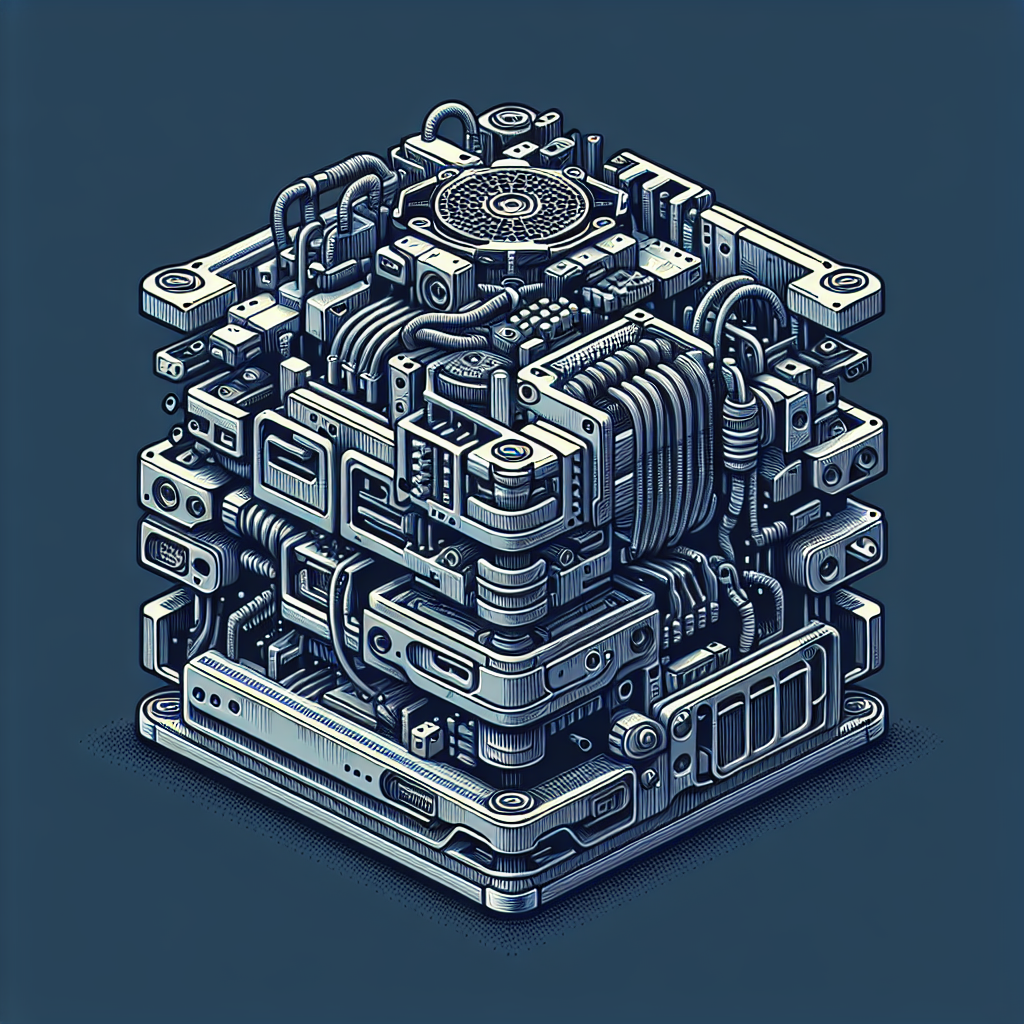Fix today. Protect forever.
Secure your devices with the #1 malware removal and protection software
When it comes to designing electronic devices for space-constrained applications, such as wearables, IoT devices, and medical devices, optimizing form factor is crucial. The size and shape of a device can greatly impact its functionality, usability, and overall appeal to consumers. In this article, we will explore some strategies for optimizing form factor in space-constrained applications.
One of the most important considerations when designing a device for a space-constrained application is to prioritize functionality. This means determining the essential features and components that the device must have in order to meet its intended purpose. By focusing on the core functionality of the device, designers can avoid unnecessary components and features that would add bulk and complexity to the form factor.
Another key factor in optimizing form factor is to consider the ergonomics of the device. This includes factors such as the size and shape of the device, the placement of buttons and controls, and the overall comfort and usability for the end user. By designing a device that fits comfortably in the user’s hand and is easy to operate, designers can enhance the overall user experience and make the device more appealing to consumers.
In addition to functionality and ergonomics, designers must also consider the materials and manufacturing processes used in the production of the device. Choosing lightweight and durable materials can help reduce the overall size and weight of the device, while advanced manufacturing techniques such as 3D printing and microfabrication can enable the production of smaller and more complex components.
Furthermore, designers can also explore innovative technologies such as flexible and bendable electronics, which can enable the creation of devices with unique form factors that can conform to the shape of the human body or other objects. These technologies can help overcome the limitations of traditional rigid electronics and open up new possibilities for designing compact and versatile devices for space-constrained applications.
In conclusion, optimizing form factor for space-constrained applications requires a careful balance of functionality, ergonomics, materials, and manufacturing processes. By prioritizing essential features, considering the ergonomics of the device, and exploring innovative technologies, designers can create devices that are compact, lightweight, and user-friendly, ultimately enhancing the overall user experience and market appeal of the device.
Fix today. Protect forever.
Secure your devices with the #1 malware removal and protection software

Leave a Reply
You must be logged in to post a comment.